-
-
Services
Reservation Services
VIP Services
-
Business Travel
-
About Iran
History of Shiraz
Shiraz, often referred to as the city of poets, gardens, and wine, is one of the oldest and most culturally rich cities in Iran. With a history dating back over 4,000 years, Shiraz has been a center of art, literature, and science throughout Persian history. The city flourished particularly during the Zand dynasty in the 18th century, becoming a hub of culture, architecture, and learning.
Cultural and Historical Attractions
Shiraz is famous for its beautiful gardens, historic mosques, and mausoleums. Visitors can explore the tranquil Eram Garden, the intricately decorated Nasir al-Mulk Mosque, and the Vakil Mosque and Vakil Bazaar. The city is also home to the tombs of famous Persian poets, including Hafez and Saadi, which attract literature lovers from around the world.
City Life and Surrounding Attractions
Beyond its historical and cultural sites, Shiraz offers a vibrant city life with charming streets, traditional tea houses, and local markets. The city is also a gateway to the nearby ancient ruins of Persepolis and the necropolis of Naqsh-e Rustam, making it a perfect base for travelers seeking to explore the treasures of Persian history. With its combination of poetry, gardens, and historic sites, Shiraz remains one of Iran’s most enchanting destinations. Nearby Shiraz, the Tomb of Cyrus the Great in Pasargadae stands as a symbol of ancient Persia and a must-visit historical site for travelers.
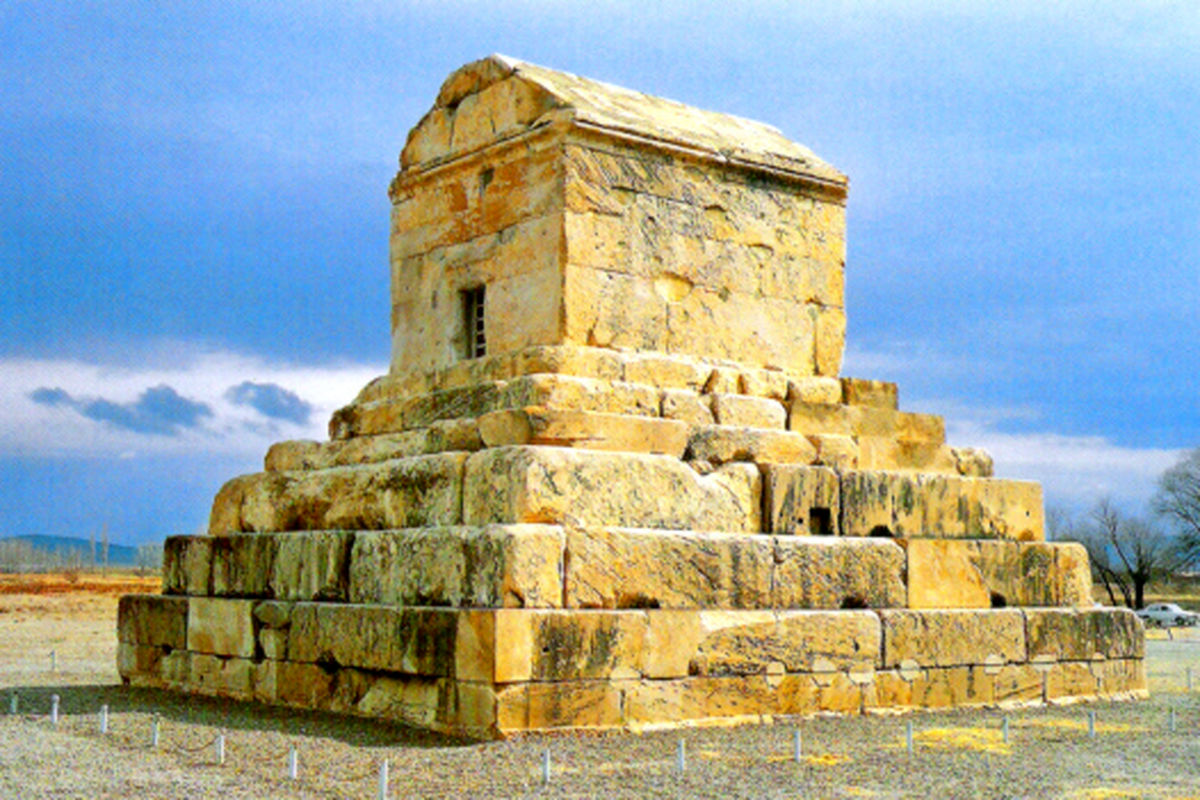
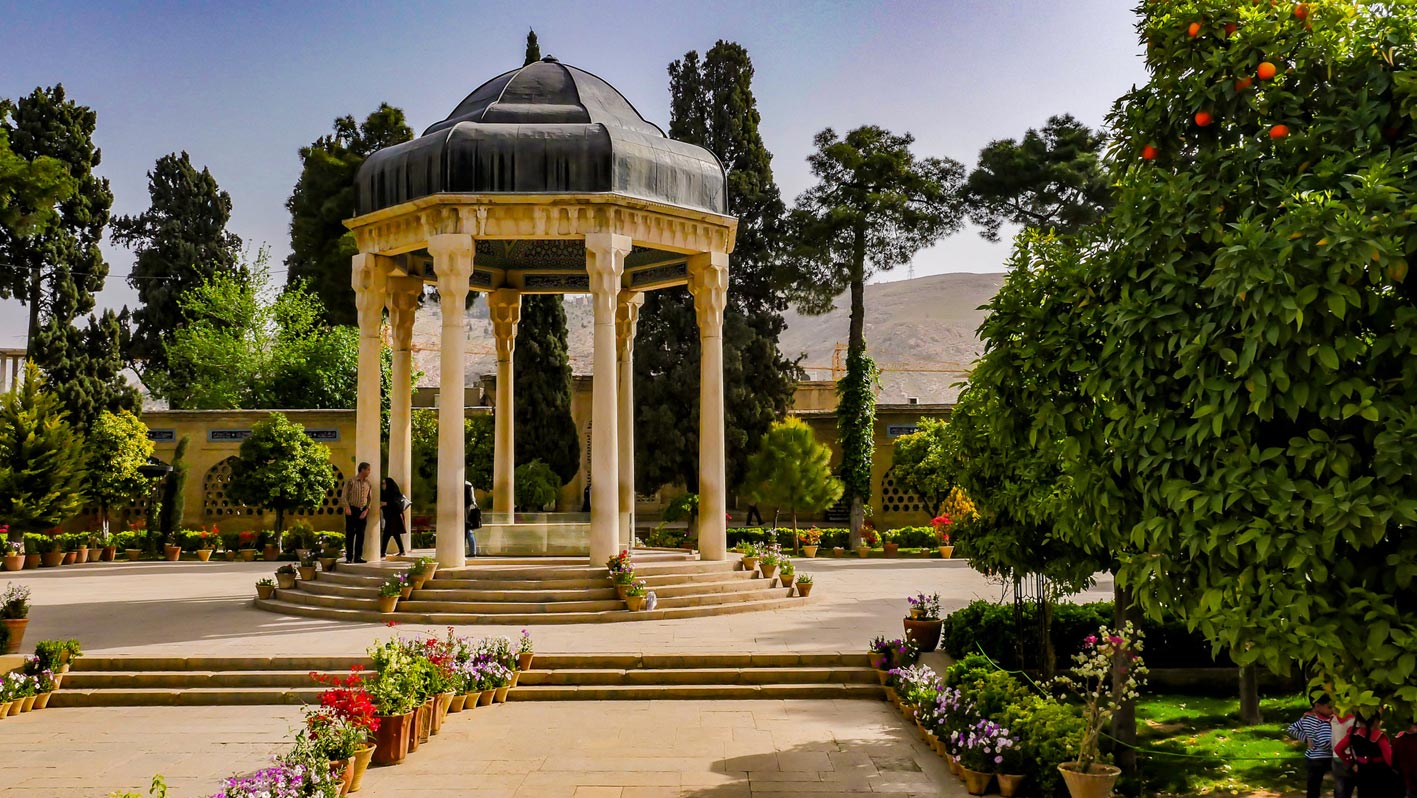
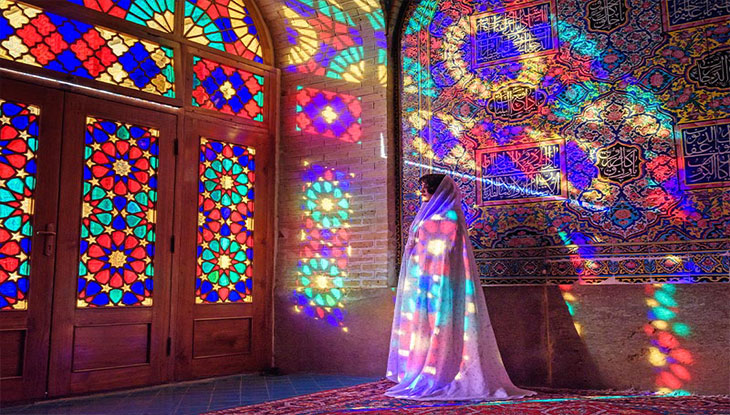
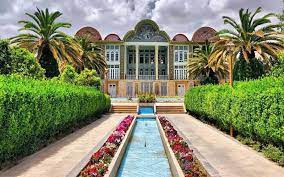
Eram Garden, located in Shiraz, is one of the most beautiful and historic Persian gardens, showcasing the elegance of traditional landscaping. Known for its lush trees, colorful flowers, and reflecting pools, the garden dates back to the 18th century and is a UNESCO World Heritage site as part of the Persian Gardens. Visitors can stroll along its scenic pathways, admire the historic mansion at its center, and enjoy the serene atmosphere that has inspired poets and travelers for centuries.

Nasir al-Mulk Mosque, also known as the Pink Mosque, is one of Shiraz’s most stunning architectural treasures. Built in the late 19th century during the Qajar era, it is famous for its vibrant stained glass windows, intricate tile work, and colorful interior patterns. In the morning, sunlight passes through the stained glass, creating a breathtaking display of colors on the floor and walls, making it a favorite spot for photographers and visitors from around the world.
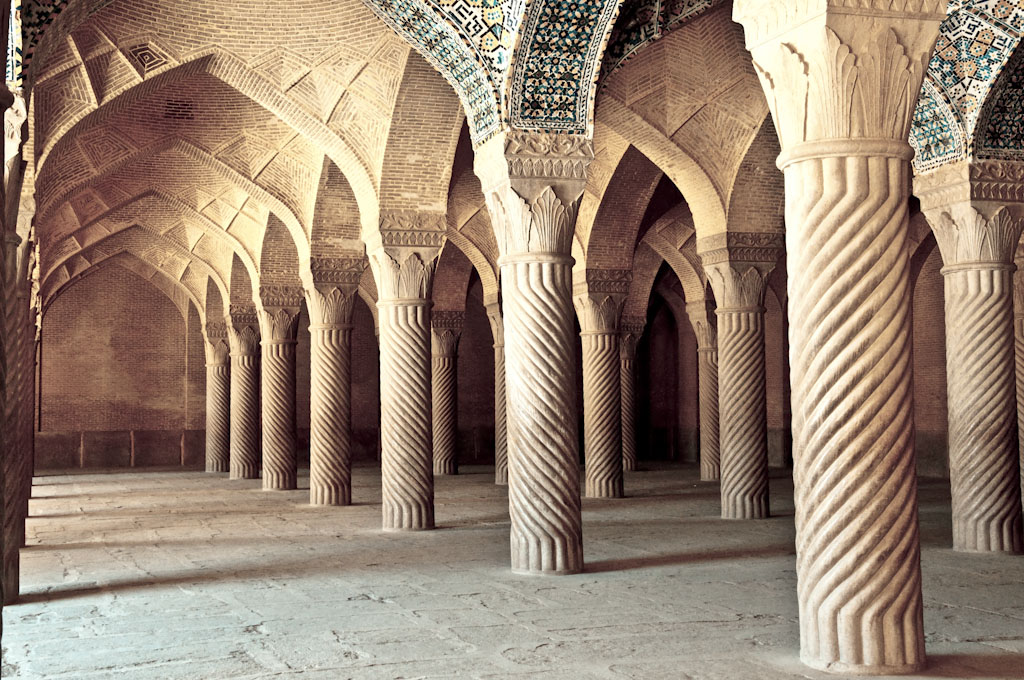
Vakil Mosque, located in the heart of Shiraz near the Vakil Bazaar, is a magnificent example of Zand-era architecture. Built in the 18th century during the reign of Karim Khan Zand, the mosque is renowned for its elegant stone columns, intricate tile work, and spacious prayer hall. Its serene courtyard and artistic decorations reflect the grandeur of Persian design, making it a must-visit site for history and architecture enthusiasts.
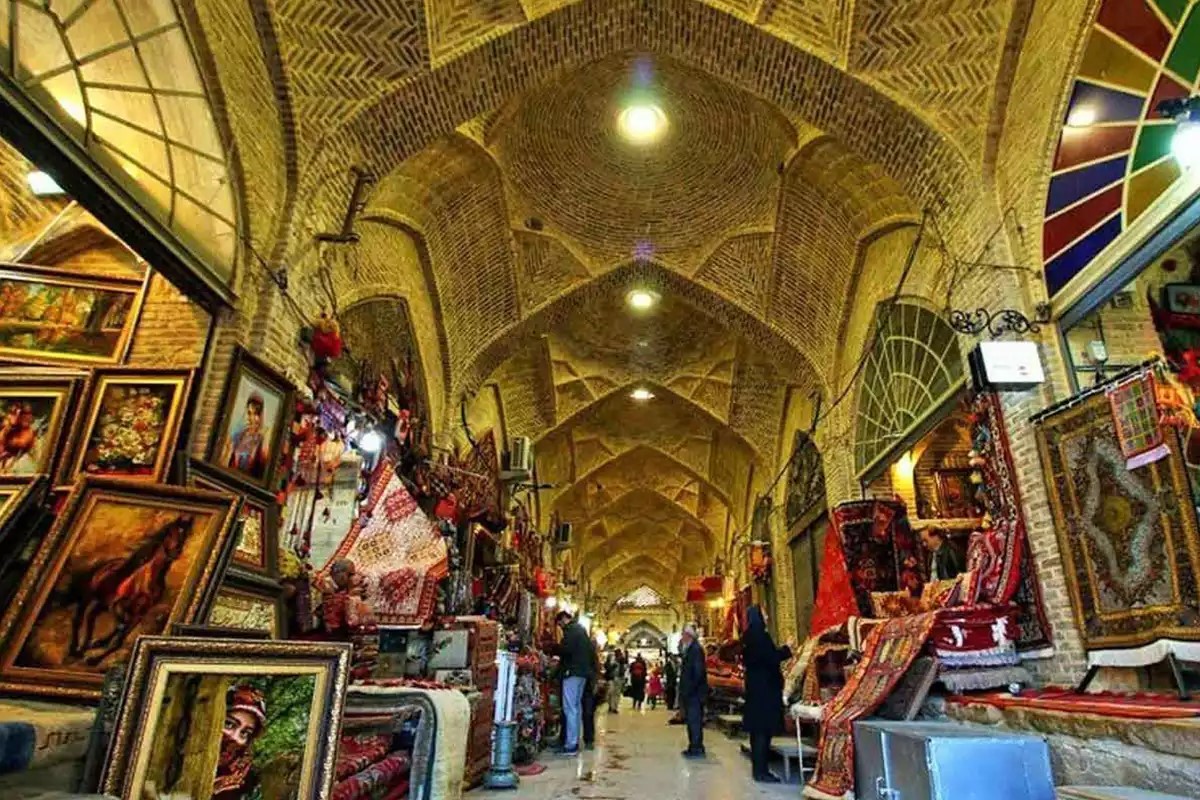
Vakil Bazaar, located in the center of Shiraz, is a historic and vibrant marketplace dating back to the Zand dynasty in the 18th century. Famous for its traditional architecture with vaulted ceilings and winding corridors, the bazaar offers a wide variety of goods including Persian carpets, spices, handicrafts, and souvenirs. Visitors can enjoy strolling through its lively alleys, experiencing the local culture, and discovering the rich heritage of Shiraz in this bustling historic center.

Hafez Tomb, located in Shiraz, is the final resting place of the famous Persian poet Hafez, whose poetry has inspired generations around the world. Surrounded by beautiful gardens, elegant pavilions, and peaceful walkways, the site offers visitors a serene atmosphere to reflect on Hafez’s timeless verses. The tomb is not only a cultural and literary landmark but also a popular gathering place for locals and tourists who come to celebrate Persian poetry and heritage.
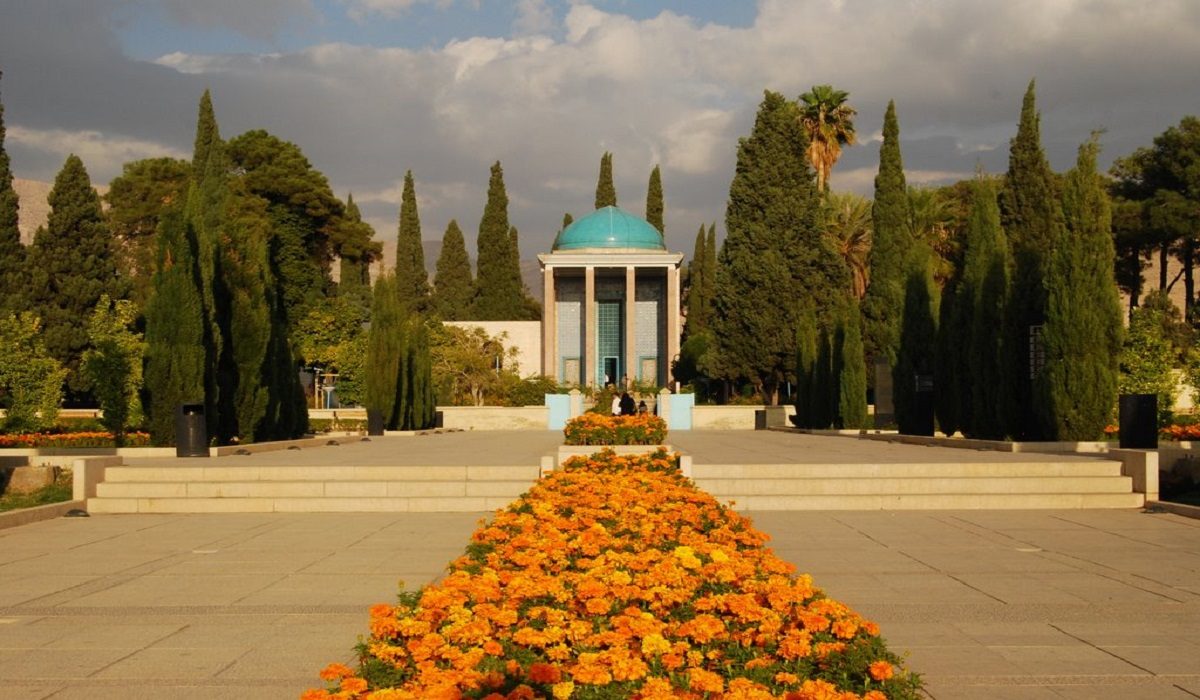
Saadi Tomb, located in Shiraz, is the resting place of the renowned Persian poet Saadi, celebrated for his wisdom and literary works. Surrounded by peaceful gardens and elegant architecture, the site provides a serene setting for visitors to reflect on Saadi’s timeless poetry. The tomb is not only an important cultural and historical landmark but also a popular destination for literature enthusiasts and tourists seeking to connect with Iran’s rich poetic heritage.
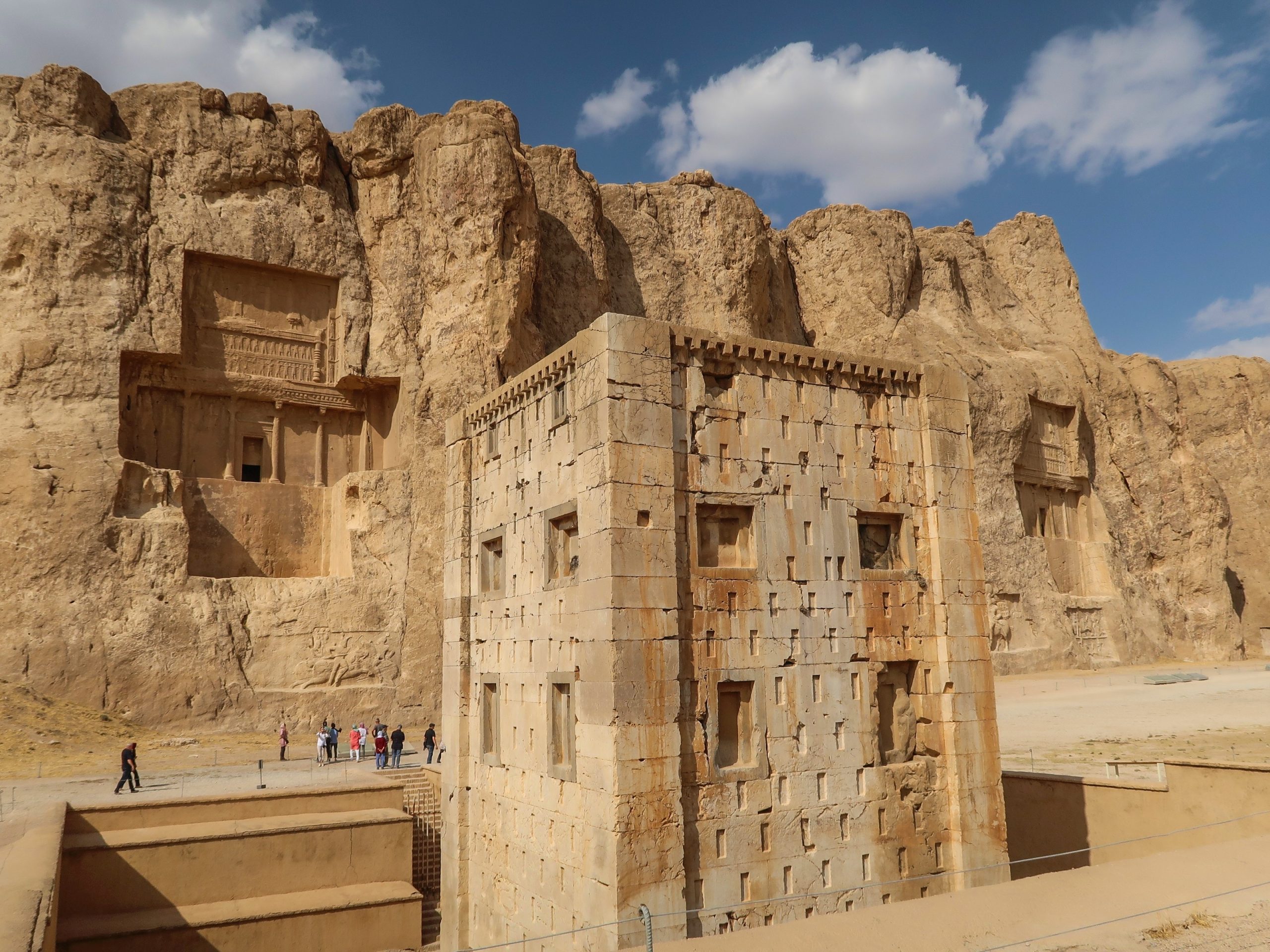
Naqsh-e Rustam, located near Persepolis outside Shiraz, is an ancient necropolis and one of Iran’s most important archaeological sites. It features rock-cut tombs of Achaemenid kings, including Darius I, and impressive Sassanid rock reliefs depicting royal ceremonies and battles. This historic site offers visitors a remarkable glimpse into ancient Persian civilization, combining artistry, history, and monumental architecture in a breathtaking desert landscape.
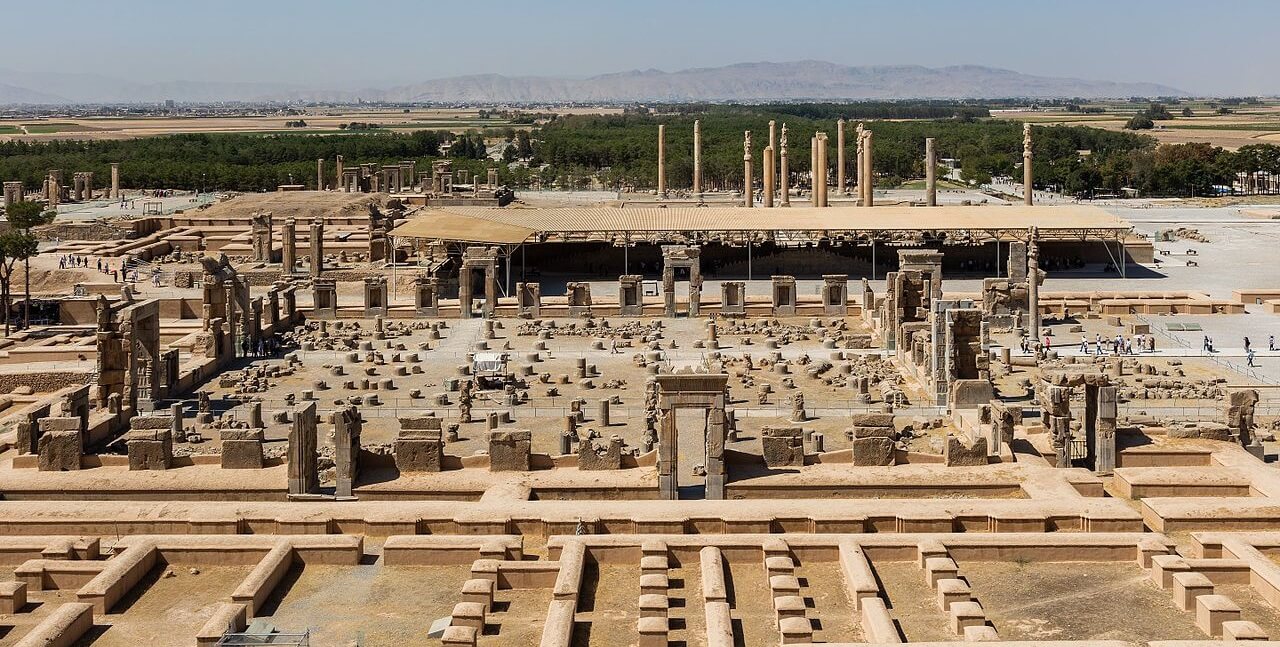
Persepolis, also known as Takht-e Jamshid, is the ancient ceremonial capital of the Achaemenid Empire, located near Shiraz. Founded by Darius I in the 6th century BCE, it features grand palaces, monumental staircases, and intricately carved reliefs that depict royal ceremonies and delegations from across the empire. As a UNESCO World Heritage Site, Persepolis offers visitors a stunning glimpse into the grandeur, artistry, and power of ancient Persia.

Tomb of Cyrus the Great, located in Pasargadae near Shiraz, is the final resting place of the founder of the Achaemenid Empire. Built in the 6th century BCE, the tomb is a symbol of ancient Persian history and leadership, admired for its simple yet monumental architectural style. Visitors come to Pasargadae to explore this historic site, reflect on Cyrus’s legacy, and experience one of Iran’s most iconic cultural landmarks.
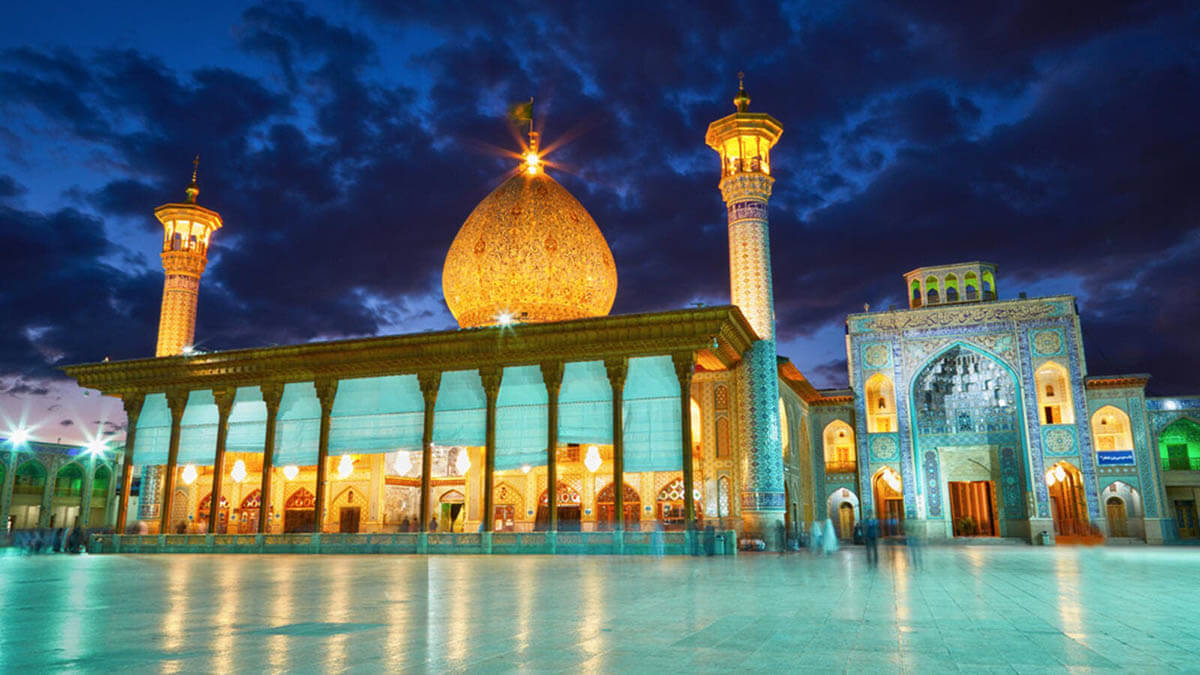
Shah Cheragh Shrine, located in Shiraz, is a major pilgrimage site and a beautiful example of Islamic architecture. The shrine houses the tomb of Ahmad ibn Musa, a revered figure in Shia Islam, and is renowned for its intricate mirror work, colorful tile decorations, and serene courtyards. Visitors from around Iran and the world come to Shah Cheragh not only for religious purposes but also to admire its stunning artistry and spiritual atmosphere.

Firouzabad and Ardeshir Palace, located near Shiraz, are important remnants of the Sassanid era. Firouzabad, known historically as Gur, was a circular city built by Ardeshir I, the founder of the Sassanid Empire. The nearby Ardeshir Palace showcases early Sassanid architecture with its grand domes, arches, and stone carvings, reflecting the political and cultural significance of the period. These sites offer visitors a unique glimpse into ancient Persian urban planning and royal architecture.
+989301903026
+982166126539
Info@Rosha.Travel
Saturday - Thursday 09 Am – 05 Pm
Iran, Tehran, End of Keshavarz Blvd, Corner of Ghajar Alley, North Jamalzadeh St, No. 528, Unit 4, 2nd Floor